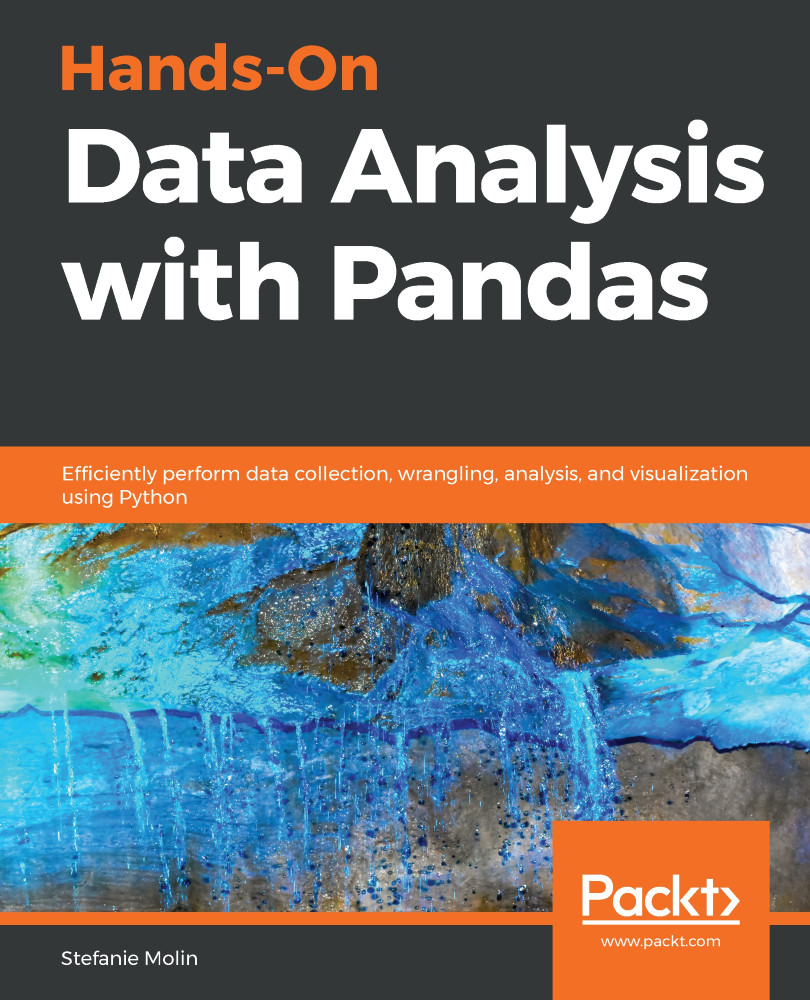Up to this point in the book, we have focused on data analysis tasks using pandas, but there is so much more data science we can do with Python. These next three chapters will serve as an introduction to machine learning in Python with scikit-learn—that's not to say that we will be abandoning everything we have worked on so far, though. As we have seen, pandas is an essential tool for quickly exploring, cleaning, visualizing, and analyzing data—all of which still need to be done before attempting any machine learning. We won't go into any theory; instead, we will show how machine learning tasks, such as clustering, classification, and regression, can be easily implemented in Python.
The following chapters are included in this section:
- Chapter 9, Getting Started with Machine Learning in Python...


